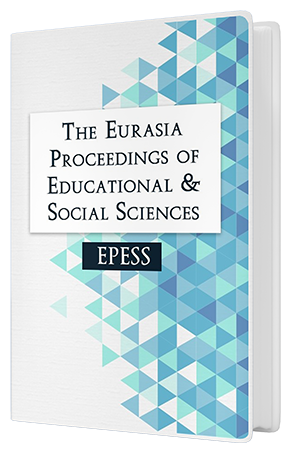Urban Streets from the Perspetive of the Youth
Keywords:
Urban streets, Youth, Spatial elementsAbstract
The success of urban open spaces is relative to their ability to address the needs of different user groups. Thus, open urban spaces should be designed in consideration of different needs of different user groups. Young individuals are among important users whose needs need to be identified, and their spatial use is different from the rest of the society. In everyday life, streets are significant spaces for young individuals and are effective on their development. Young individuals consider streets are spaces where they contact others. Thus, the present study aimed to scrutinize the streets in urban area based on their use by young individuals. The 4 most intensely occupied streets in Trabzon, Maraş Street, Kunduracılar Street, Uzunsokak and Tanjant Street were examined in the present study. Behavioral observations were conducted on these streets in the study and which spatial elements were used by young individuals and intended use of these elements were determined. In other words, the facilities that these streets offer to young individuals were identified. In the study 246 young individuals were observed and the findings demonstrated that these individuals utilized the street pavement, walls, curbs, benches and shop fronts to conduct activities such as chatting, sitting, leisure, hanging out and spending time with friends.Downloads
Published
Issue
Section
License
Copyright (c) 2018 The Eurasia Proceedings of Educational and Social Sciences

This work is licensed under a Creative Commons Attribution-NonCommercial-ShareAlike 4.0 International License.
The articles may be used for research, teaching, and private study purposes. Any substantial or systematic reproduction, redistribution, reselling, loan, sub-licensing, systematic supply, or distribution in any form to anyone is expressly forbidden. Authors alone are responsible for the contents of their articles. The journal owns the copyright of the articles. The publisher shall not be liable for any loss, actions, claims, proceedings, demand, or costs or damages whatsoever or howsoever caused arising directly or indirectly in connection with or arising out of the use of the research material. All authors are requested to disclose any actual or potential conflict of interest including any financial, personal or other relationships with other people or organizations regarding the submitted work.




